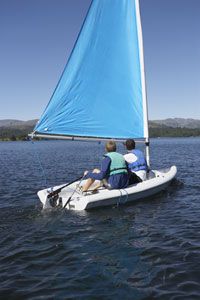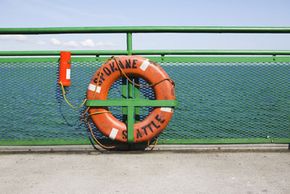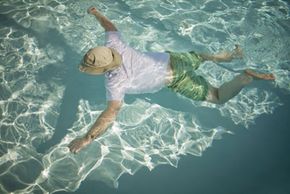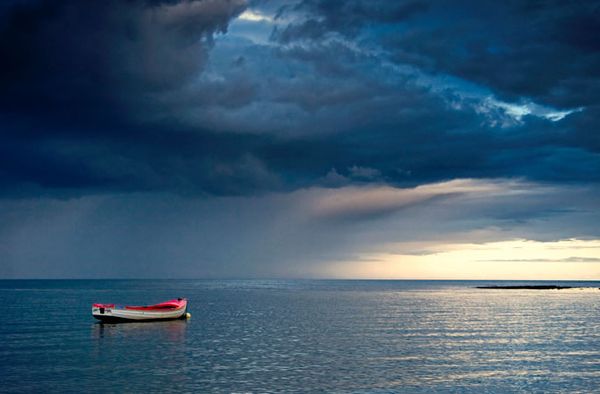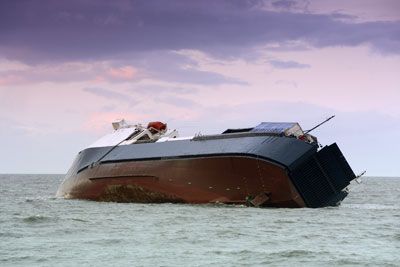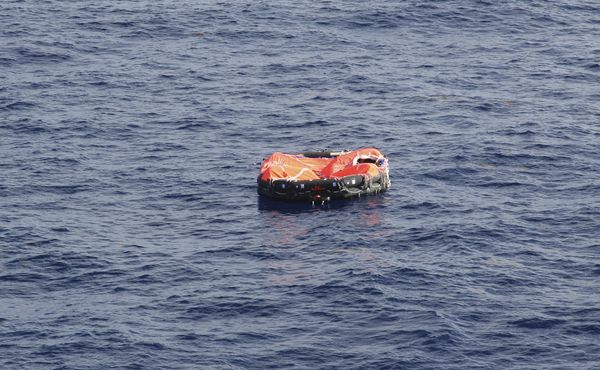The sun is shining, the water is warm and you and your family are heading out for a three-hour tour on your rented sailboat. You've hoisted the sail, the kids have swabbed the deck and you're bearing away toward a lovely horizon. You have plans to drop anchor, fish a bit and if you're lucky, grill up some fresh seafood for everyone. Then the unthinkable happens. The boom comes loose, and when you move to secure it, you slip and fall into the ocean. You sink for a moment before bobbing back up to the surface, only to see the boat careening away, your family searching in vain for a glimpse of you.
It may sound like a worst case scenario, but a man overboard is actually one of the most common boating emergencies. There are lots of reasons someone suddenly might find himself in the drink. Bad weather is one. Storm fronts can roll in quickly at sea, with strong winds and waves that tilt a boat or ship to-and-fro, making it tough to stay on your feet on deck. Another reason is simple inexperience -- not watching for swinging booms, not realizing how slippery the deck is, moving around the edges without holding on. You could be leaning over the edge, seasick, or maybe you've had too much alcohol and carelessness tilts you into the seawater.
Advertisement
You may think this kind of thing only happens on small sailboats or fishing vessels in rough seas. But on major cruise lines between 1995 and 2007, there were nearly 100 persons overboard [source: cruisejunkie.com]. In some of these cases, people leapt from the ship, either in a suicide attempt or under the throes of alcohol. Other cases were accidental. At least one is believed to be a murder case. The biggest challenge when someone falls from a cruise ship is stopping or turning the ship. It's hard enough to turn a small motorboat or sailboat; it takes much longer for a cruise ship.
Knowing the correct procedures to follow in a man overboard scenario is the only chance you have at pulling a loved one from the water or being rescued yourself. How easy is it to spot a man overboard? Find out on the next page.
Advertisement

